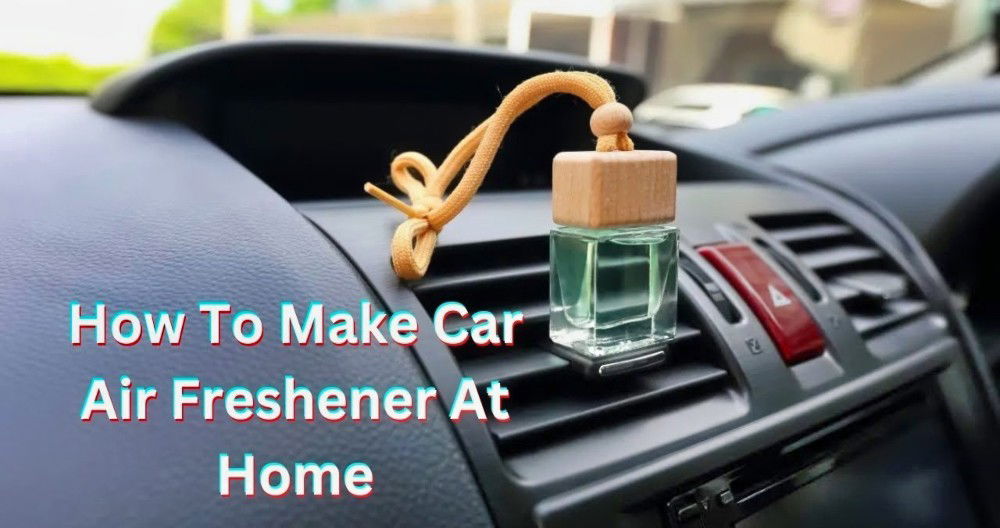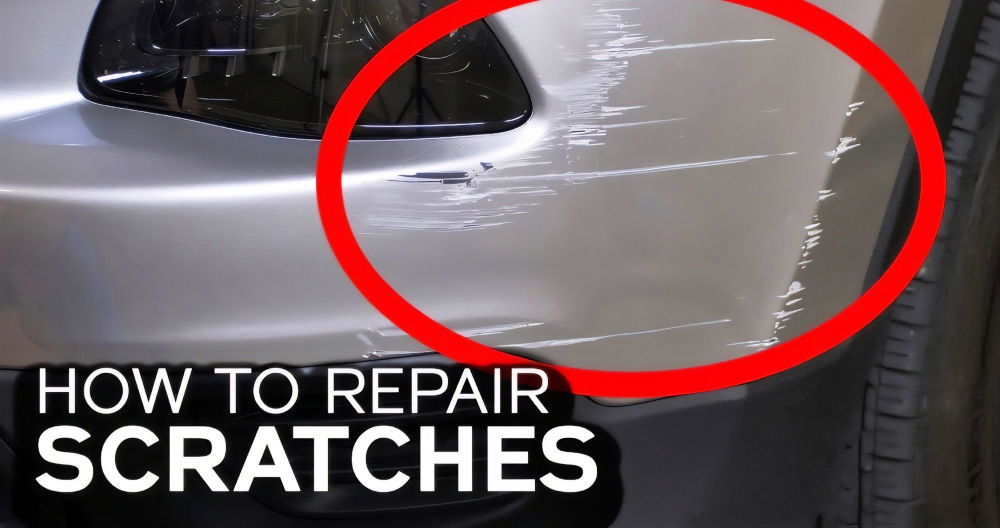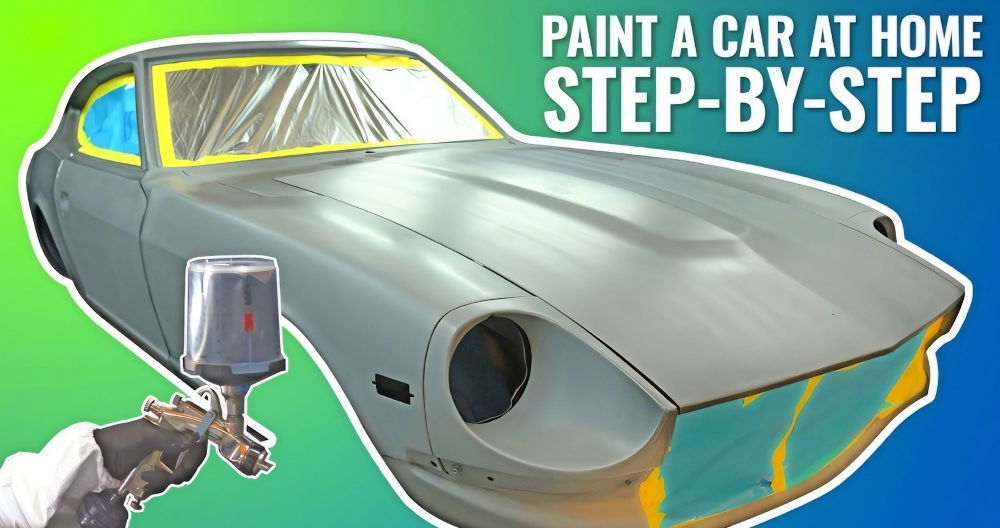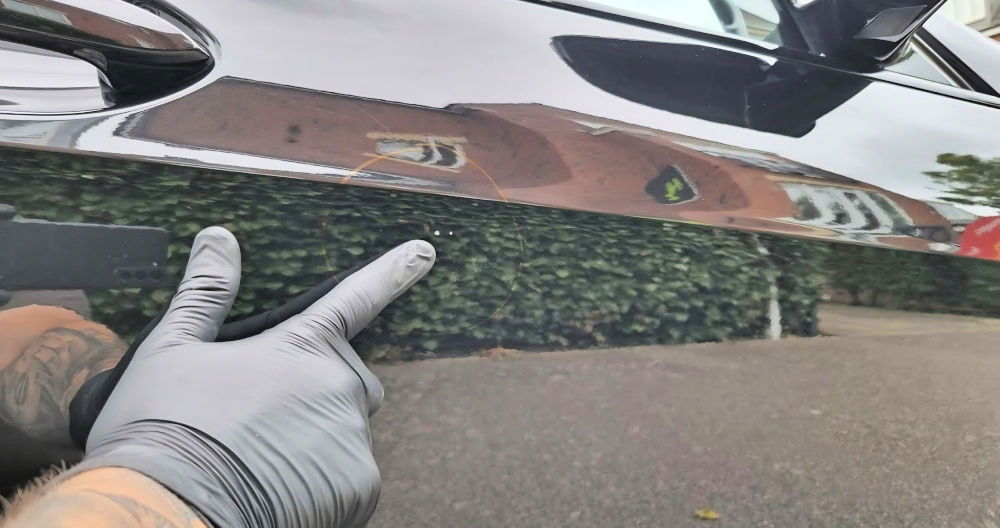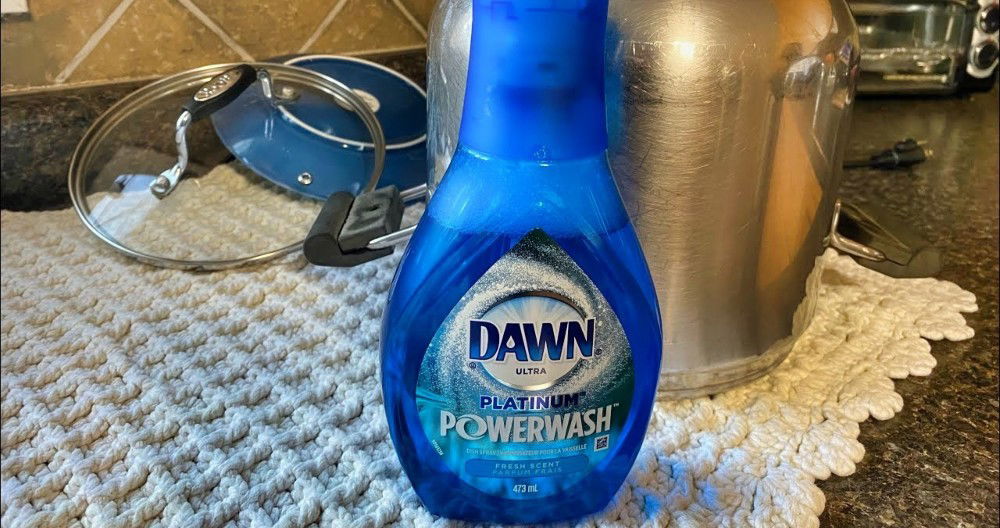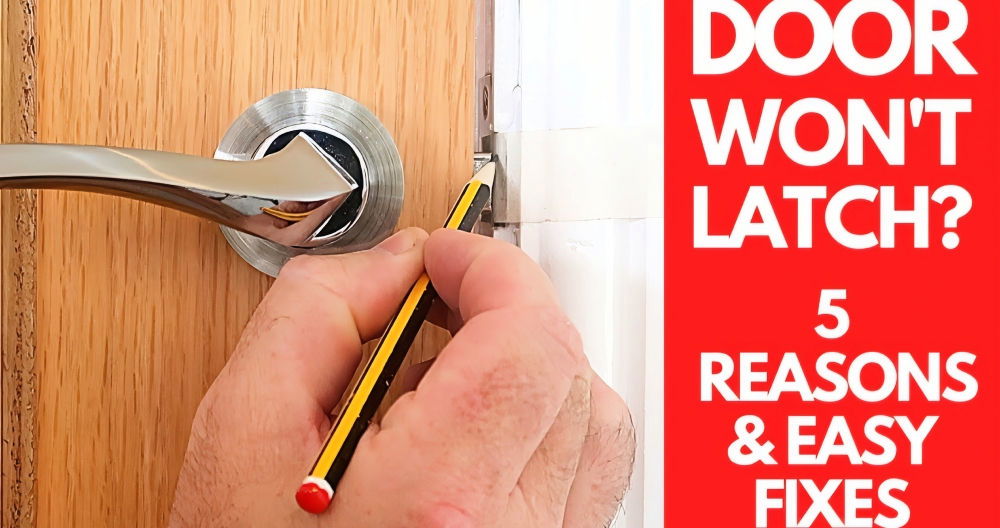When my trusty Toyota ended up with a massive dent after a careless grocery store parking incident, I realized I was in desperate need of a solution to fix it without breaking the bank. Fortunately, I found a quick and effective method to remove car dents that I'd like to share with you. T
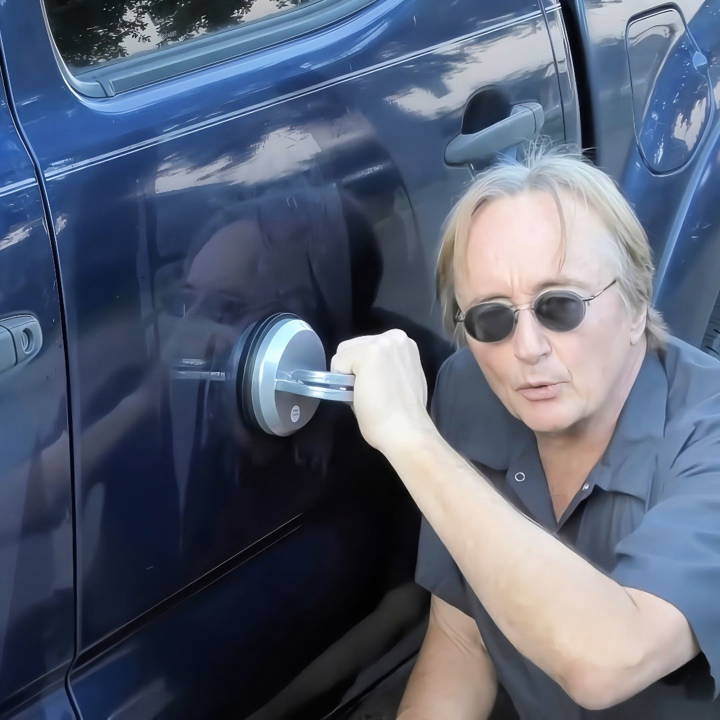
Learn how to get a dent out of a car with our easy, step-by-step guide using simple language for hassle-free DIY repair.
Understanding Car Dents
When you notice a dent on your car, it's not just an eyesore; it's a sign that your car's exterior has been compromised. Understanding the nature of car dents is crucial for determining the best course of action for repair. Here's a straightforward guide to help you get to grips with car dents.
Types of Dents
Car dents can vary greatly. Here are a few common types:
- Round Dents: Often caused by hail or a ball, these are usually shallow and have no sharp edges.
- Crease Dents: Resulting from an object sliding across the panel, these dents have defined lines and can be more challenging to repair.
- Sharp Dents: Caused by a more concentrated impact, these have distinct points and can be deeper, making them tricky to fix without professional help.
Factors Affecting Repair
Several factors influence the repair process:
- Location: Dents on flat surfaces are easier to fix than those on edges or near the car's design lines.
- Size: Small dents are typically simpler to repair at home, while larger ones might require a professional touch.
- Depth: Shallow dents are less complicated to mend compared to deep ones that stretch the metal.
DIY or Professional?
Deciding whether to handle a dent yourself or seek professional help depends on the dent's characteristics. If the dent is small and shallow, you might be able to fix it using DIY methods. However, if the dent is large, deep, or located in a difficult area, it's wise to consult a professional to avoid further damage.
Understand car dents and make informed repair decisions. Learn about dent types, sizes, and locations. Seek professional advice when needed.
Materials You'll Need and Why
Before we dive into the process, it's crucial to gather a few items you'll need:
- Suction Cup Dent Puller Tool: These come in various sizes. Small dents require smaller cups, while larger dents need bigger ones. The versatility will help address different dent sizes efficiently.
- Water and a Stove: Boiling water will be used in one of the methods to make the dent area more pliable.
- A Big Pan or Kettle: For boiling water and pouring it over the dent.
- Dry Cloth or Towel: To wipe any excess water or moisture from the car surface.
Step by Step Instructions
Learn how to fix a dent in a car with detailed, step-by-step instructions. Easy DIY guide, including suction cup, pulling, and hot water methods.
Step 1: Assess and Clean the Dented Area
Firstly, inspect the dent to decide which suction cup size is most appropriate. It's essential to clean the area thoroughly to ensure the suction cup attaches firmly. A dirty surface can weaken the grip of the suction cup, making the dent removal process less effective.
Step 2: Apply the Suction Cup
Suction cups work better on a wet surface, so moisten the edge of the cup slightly before placing it over the dent. Press it down to ensure it's tightly secured. For large dents, choosing a bigger suction cup is crucial as it provides the necessary grip strength to pull out the dent successfully.
Step 3: The Pulling Technique
With the suction cup firmly attached, gently and steadily pull outwards. The key here is patience; a steady pull might be more effective than a forceful yank, which could potentially worsen the dent or damage the paint.
Step 4: Employ the Hot Water Method for Tough Dents
For dents that are stubborn, boiling water can be your best friend. Boil water and carefully pour it over the dented area. The heat makes the metal more flexible, allowing easier dent removal. Immediately after pouring, apply the suction cup and pull. This method is fantastic for plastic parts, like bumpers, which can be tricky to deal with.
Step 5: Fine-Tuning Small Dents
Hail damage or small dents might require a bit more finesse. After applying hot water, attach a smaller suction cup. Pull up and down vigorously but carefully. This movement, combined with the softened material from the hot water, can coax those minor dents back into place. It might take multiple attempts, so persistence is key.
Aftercare
Once you've managed to pop the dent back into place, wipe down the area with a dry cloth or towel to remove any moisture or residue. Inspect the area from multiple angles to ensure the dent has been adequately addressed.
Key Tips for Success
- Patience is Crucial: Rushing the process can lead to further damage. Take your time to perform each step carefully.
- Multiple Attempts May Be Necessary: Especially with stubborn dents, repeating the process a few times can yield the best results.
- Protect the Paint: Always ensure the suction cup is clean and the area around the dent is free of dirt to avoid scratching the paint.
Why This Method Works
Using suction cups and hot water is a gentle way to address dents without the need for invasive procedures that might damage your paint or require professional tools. It's an accessible and cost-effective method that respects the integrity of your vehicle's exterior.
Assessment Techniques
Assessing a car dent properly is key to a successful repair. Here's a straightforward approach to evaluate the damage and plan your repair strategy.
Visual Inspection
Start by cleaning the area around the dent. A clean surface will give you a clear view of the damage. Look at the dent from different angles and in good lighting to understand its full extent.
Measuring the Dent
Use a ruler or measuring tape to record the size of the dent. Note down the length, width, and depth if possible. This information will help you choose the right tools and methods for repair.
Using Reflection
A simple technique to assess the depth and shape of a dent is to use reflection. Hold a strip of reflective material like a piece of glossy paper or a mirror flat against the dent. The way the reflection warps around the dent will give you a better idea of its severity.
Touch Test
Carefully run your fingers over the dent. If you can feel the edges of the dent or any ridges, it indicates that the dent is more severe and may require professional tools or techniques.
Magnet Check
A fridge magnet can help you determine if the dent has affected the metal. If the magnet doesn't stick, the dent may be too deep, or there could be filler material from a previous repair.
Use these simple assessment techniques to understand the car dent and choose the best repair method. If it's too complex, consult a professional.

Safety Precautions
When it comes to repairing dents on your car, safety should be your top priority. Here's a guide to help you take the right precautions and ensure a safe repair process.
Wear Protective Gear
Always wear gloves to protect your hands from sharp metal edges and any chemicals you might use. Safety glasses are also essential to shield your eyes from debris.
Work in a Well-Ventilated Area
If you're using any chemicals or fillers, make sure you're in a well-ventilated space. Fumes can be harmful if inhaled in enclosed spaces.
Use Tools Correctly
Familiarize yourself with the tools before starting the repair. Incorrect use can not only damage your car further but also cause injury.
Be Mindful of Paint
When using heat or chemicals to fix a dent, be cautious not to damage the car's paint. Excessive heat can cause paint to bubble or peel.
Know Your Limits
If a dent is too complex or if you're unsure about any step, it's better to seek professional help. Attempting a repair beyond your skill level can be dangerous and may lead to more damage.
Keep a First Aid Kit Nearby
Accidents happen, so it's wise to have a first aid kit on hand. This ensures you can quickly treat any minor injuries that may occur during the repair process.
By following these safety precautions, you can tackle car dent repairs with confidence. Remember, your safety is just as important as fixing the dent.
FAQs About How to Fix a Dent in a Car
Faqs about how to fix a dent in a car: get expert answers and tips on repairing car dents quickly and effectively. Empower yourself with the essential know-how.
The initial step is to clean the dented area with soapy water to remove any dirt or debris. Ensure the surface is dry before attempting any repair.
Yes, small dents can often be fixed at home. You can use methods like the plunger technique, where you wet the plunger and the car surface, then pull the dent out with the suction.
For larger dents, you might need to use a dent puller tool. This involves applying hot glue to the tool’s adapter, attaching it to the dent, and pulling the dent out. Remember to remove any glue residue after the process.
If the dent is complex or you're unsure about the DIY methods, it's best to consult a professional. They have the expertise and tools to fix dents without causing further damage.
To minimize the risk of dents, park in less crowded areas, avoid tailgating, and be cautious of your surroundings when opening doors or driving near potential hazards.
Final Thoughts
By following these steps, not only did I manage to remove the dent from my car, but I also saved a significant amount of money that would have gone towards professional repairs. This simple yet effective DIY method transforms what could be a costly repair into a manageable at-home job.


